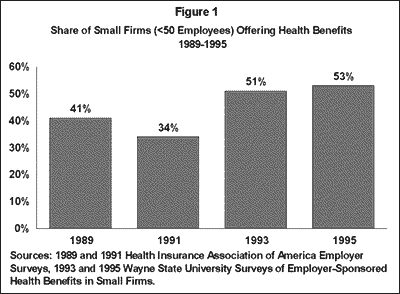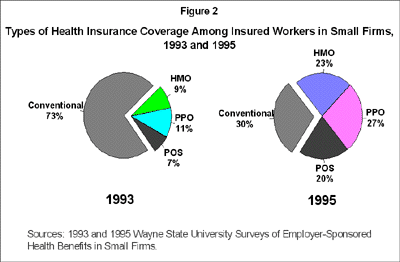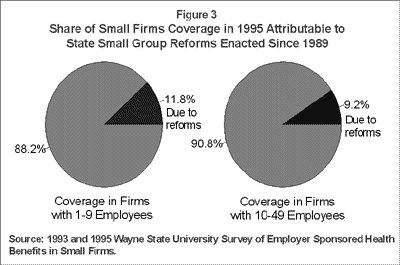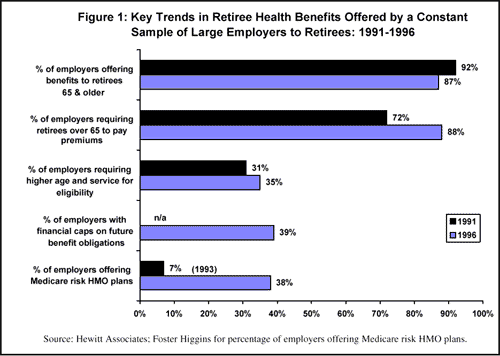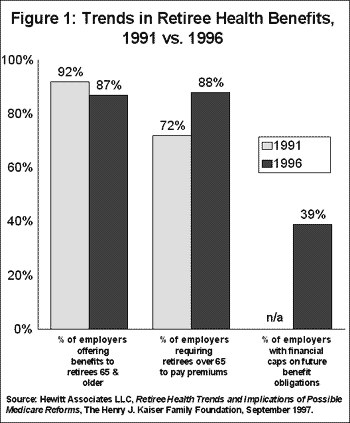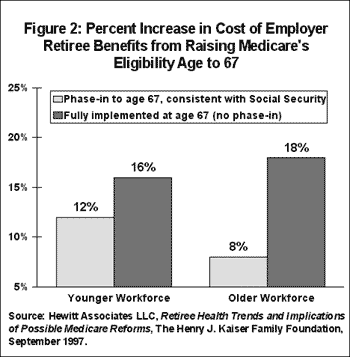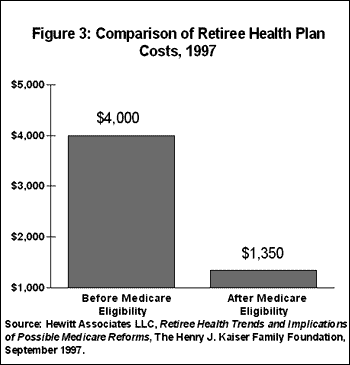Talking about STDs with Health Professionals: Women’s Experiences – Toplines/Survey
Talking about STDs with Health Professionals: Women’s Experiences
Glamour/Kaiser Family Foundation National Survey
Methodology
Talking about STDS with Health Professionals: Women’s Experiences was conducted for the Kaiser Family Foundation and Glamour by Market Facts, Inc. The results are based on telephone interviews conducted between May 27 through June 1, 1997 with a sample of 482 women ages 18-44 who had been to a new doctor within the last year for gynecological or obstetrical care. These women were selected using Market Facts’ Consumer Mail Panel, a nationally balanced sample of households. All interviews were conducted by female interviewers. The margin of sampling error for results based on the total sample is plus or minus 5 percentage points at the 95 percent level of confidence.
Final Topline Data
Hello, may I please speak to (Ask for panel member)? This is ______ calling on behalf of Marie Brighton of the Consumer Mail Panel. Today I’d like to speak with the female aged (Insert age from sample) in your household. Would that be you?
Yes (Continue with remainder of Introduction) No (Ask to speak with that person, reintroduce and continue with remainder of Introduction — If not available, arrange callback) No one that age (Ask: Are you, or any other female in your household between the ages of 18 and 44? If Yes — Ask to speak with a female 18-44 and continue with remainder of Introduction; If No, terminate) Today I have a few questions regarding doctors and screening for sexually transmitted diseases. I’d like to remind you that your responses will be kept strictly confidential and that your responses here will be combined with that of approximately 700 other women we are interviewing and shown only as percentages.
1. My first question is… in general, how would you describe your own health? Is it excellent, good, only fair, or poor? (Single response)
Excellent 47 Good 48 Only Fair 3 Poor 1 Don’t know 0 Refused 0 2. Do you have a doctor or other health care professional who you see regularly for gynecological care that is, for annual exams, birth control, or other reproductive health care? (Interviewer Note: If respondent has a regular place to go for care, but no regular provider at that place, record as “no.”) (Single response)
Yes 93 No 7 Don’t know 0 Refused 0 3. When was the last time you visited a doctor or clinic for gynecological or pregnancy-related care? Would you say your last visit was within (read list)? (Single response)
The past month 24 1-3 months ago 30 4-6 months ago 23 7 months to 1 year ago, or 23 More than 1 year ago Terminate) Never Been (Don’t read) (Terminate) 4. And was this most recent visit for prenatal care or gynecological care? (Single response)
Prenatal/Pregnancy-related care 18 Gynecological 82 Don’t know * Refused 0 4b. Was this most recent visit at a private doctor’s office, a family planning clinic, or some other type of clinic? (Single response)
Private doctor’s office 75 Family planning clinic 10 Some other type of clinic 15 Don’t know 0 Refused 0 5. Was this most recent visit your first appointment with this (doctor’s office [If private “doctor’s office” or “DK/REF” at Qu. 4b] / clinic [If “family planning” or “other type of clinic” at Qu. 4b]) or had you been there before? (Single response)
First visit 46 Been there before 54 Don’t know 0 Refused 0 5b. How long ago was your first appointment with this (doctor’s office [If private “doctor’s office” or “DK/REF” at Qu. 4b] / clinic [If “family planning” or “other type of clinic” at Qu. 4b])? (Read list) (Single response)
Based on those whose most recent appointment was not their first appointment. (n=261)
The past month 2 1-3 months ago 15 4-6 months ago 21 7 months to 1 year ago, or 62 More than 1 year ago (Terminate) Never Been (Don’t read) (Terminate) [If “been before” at Qu. 5 say:] For the remainder of this survey, we are going to ask about your first visit to this (doctor’s office [If private “doctor’s office” or “DK/REF” AT Qu. 4b] / clinic [If “family planning” or “other type of clinic” at Qu. 4b])
6. What type of doctor or health professional did you see at (this visit [If first at Qu. 5] / your first visit [If been before at Qu. 5])? Was it an ob/gyn, a general practitioner, some other type of doctor, or health professional? (Single response)
Ob-gyn/Gynecologist/Obstetrician 70 General Practitioner/Family Practice Doctor/Internist 18 Other type of doctor, such as a specialist or a surgeon 3 Other, such as a nurse practitioner, a nurse midwife, or physician’s assistant 9 Don’t know * Refused 0 7. Was the health professional a man or woman? (Single response)
Male 49 Female 51 Don’t know 0 Refused 0 8. Why did you go to a new health professional? (Do not read list) (Multiple response)
I changed health insurance coverage/health plans 20 I moved 17 Because of current problem or question 11 Referred to this doctor by another health professional or clinic 10 I got pregnant 8 Previous doctor closed/moved 8 Didn’t like previous doctor 6 I got health insurance coverage 6 For a pelvic exam or pap smear 5 To get established with a doctor in case of need 4 My first gynecological visit 3 Just wanted change/Other general change mentions 3 Wanted doctor closer/More convenient 3 Regular doctor not available 2 Wanted female doctor 2 Friend/relative/co-worker recommended 2 Less expensive 1 I lost health insurance coverage 1 Previous doctor too expensive * I am planning to get pregnant * I don’t have a regular doctor * Refused * 9. Thinking about this first visit, were you asked to fill out a form with questions about your medical history? (Single response)
Yes 92 No 7 Don’t know * Refused 0 10. Did this form have specific questions on it about current or past sexual activity, such as number of sexual partners, contraceptive use, or sexually transmitted diseases? (Single response)
Based on those asked to fill out a form. (n=445)
Yes 54 No 40 Don’t know 7 Refused 0 11. Were you worried about whether your answers to the questions on this form would be keptconfidential? Would you say you were (read list)? (Single response)
Based on those who filled out a form with sexual history questions on it. (n=239)
Very worried 1 Somewhat worried 2 Not too worried, or 16 Not at all worried 81 Don’t know 0 Refused 0 Now I am going to ask you some questions about what you and your health professional discussed at this first visit. Your answers to these questions will be kept completely confidential, and your responses will be shown only in combination with the many other women we survey.
12. Did someone in your (doctor’s office [If private “doctor’s office” or “DK/REF” at Qu. 4b] / clinic [If “family planning” or “other type of clinic” at Qu. 4b]) discuss pap smears with you at this visit? (Single response)
(If respondent says the doctor did a pap smear, probe with: Did he or she just perform the pap smear, or did they have a discussion with you about pap smears?)
Yes 74 No 26 Don’t know * Refused 0 13. Who initiated this conversation, you or someone in your (doctor’s office [If private “doctor’s office” or “DK/REF” at Qu. 4b] / clinic [If “family planning” or “other type of clinic” at Qu. 4b])? (Do not read list) (Single response)
Based on those who discussed pap smears. (n=357)
You 16 Someone in your doctor’s office/clinic 81 Don’t know 3 Refused 0 14. Did someone in your (doctor’s office [If private “doctor’s office” or “DK/REF” at Qu. 4b] / clinic [If “family planning” or “other type of clinic” at Qu. 4b]) discuss breast self-exams with you? (Single response)
(If respondent says the doctor did a breast exam, probe with: Did he or she just perform the breast exam, or did they have a discussion with you about breast self-exams?)
Yes 74 No 26 Don’t know * Refused 0 15. Who initiated this conversation, you or someone in your (doctor’s office [If private “doctor’s office” or “DK/REF” at Qu. 4b] / clinic [If “family planning” or “other type of clinic” at Qu. 4b])? (Do not read list) (Single response)
Based on those who discussed breast self-exams. (n=357)
You 6 Someone in your doctor’s office/clinic 94 Don’t know 1 Refused 0 16. Did someone in your (doctor’s office [If private “doctor’s office” or “DK/REF” at Qu. 4b] / clinic [If “family planning” or “other type of clinic” at Qu. 4b]) discuss mammograms with you? (Single response)
(If respondent says the doctor did a mammogram, probe with: Did he or she just perform the mammogram, or did they have a discussion with you about mammograms?)
Yes 41 No 58 Don’t know 1 Refused 0 17. Who initiated this conversation, you or someone in your (doctor’s office [If private “doctor’s office” or “DK/REF” at Qu. 4b] / clinic [If “family planning” or “other type of clinic” at Qu. 4b])? (Do not read list) (Single response)
Based on those who discussed mammograms. (n=197)
You 16 Someone in your doctor’s office/clinic 83 Don’t know 1 Refused 0 18. Have you ever had a mammogram yourself? (Single response)
Yes 34 No 66 Don’t know 0 Refused 0 19. Did someone in your (doctor’s office [If private “doctor’s office” or “DK/REF” at Qu. 4b] / clinic [If “family planning” or “other type of clinic” at Qu. 4b]) discuss birth control with you? (Single response)
Yes 54 No 46 Don’t know 0 Refused 0 20. Who initiated this conversation, you or someone in your (doctor’s office [If private “doctor’s office” or “DK/REF” at Qu. 4b] / clinic [If “family planning” or “other type of clinic” at Qu. 4b])? (Do not read list) (Single response)
Based on those who discussed birth control. (n=259)
You 37 Someone in your doctor’s office/clinic 62 Don’t know 1 Refused 0 21. Did someone in your (doctor’s office [If private “doctor’s office” or “DK/REF” at Qu. 4b] / clinic [If “family planning” or “other type of clinic” at Qu. 4b]) discuss alcohol use with you? (Single response)
Yes 25 No 73 Don’t know 2 Refused 0 22. Who initiated this conversation, you or someone in your (doctor’s office [If private “doctor’s office” or “DK/REF” at Qu. 4b] / clinic [If “family planning” or “other type of clinic” at Qu. 4b])? (Do not read list) (Single response)
Based on those who discussed alcohol use. (n=121)
You 5 Someone in your doctor’s office/clinic 95 Don’t know 0 Refused 0 23. Did someone in your (doctor’s office [If private “doctor’s office” or “DK/REF” at Qu. 4b] / clinic [If “family planning” or “other type of clinic” at Qu. 4b]) discuss AIDS or HIV with you? (Single response)
Yes 21 No 78 Don’t know 1 Refused 0 24. Who initiated this conversation, you or someone in your (doctor’s office [If private “doctor’s office” or “DK/REF” at Qu. 4b] / clinic [If “family planning” or “other type of clinic” at Qu. 4b])? (Do not read list) (Single response)
Based on those who discussed AIDS or HIV. (n=101)
You 10 Someone in your doctor’s office/clinic 89 Don’t know 1 Refused 0 25. Did someone in your (doctor’s office [If private “doctor’s office” or “DK/REF” at Qu. 4b] / clinic [If “family planning” or “other type of clinic” at Qu. 4b]) ask you about your sexual history and current sexual activity? (Single response) (Do not read list)
Yes 38 No 59 Asked about sexual history, but not current sexual activity * Asked about current sexual activity, but not sexual history 1 Don’t know 2 Refused 0 26. Who initiated this conversation, you or someone in your (doctor’s office [If private “doctor’s office” or “DK/REF” at Qu. 4b] / clinic [If “family planning” or “other type of clinic” at Qu. 4b])? (Do not read list) (Single response)
Based on those who discussed sexual history or sexual activity. (n=188)
You 7 Someone in your doctor’s office/clinic 92 Don’t know 1 Refused 0 27a. Where did the discussion take place? (Do not read list) (Multiple response) (If respondent says “examining room” probe with: Was that while you were dressed or undressed?)
Based on those who discussed sexual history or sexual activity. (n=188)
In doctor’s personal office 42 In examining room while you were dressed 41 In examining room while you were undressed 14 In counseling room 3 In waiting room 2 All other 2 Don’t know 1 Refused 0 27b. Where would you have preferred this conversation took place? Would you say (read list)? (Single response)
Based on those who discussed sexual history or sexual activity. (n=188)
In doctor’s personal office 45 In examining room while you were dressed 43 Doesn’t matter 4 In examining room while you were undressed 3 Don’t know 5 Refused 1
Talking About STDs With Health Professionals: Women’s Experiences:Press Release Report Survey Part One Part Two Part Three
